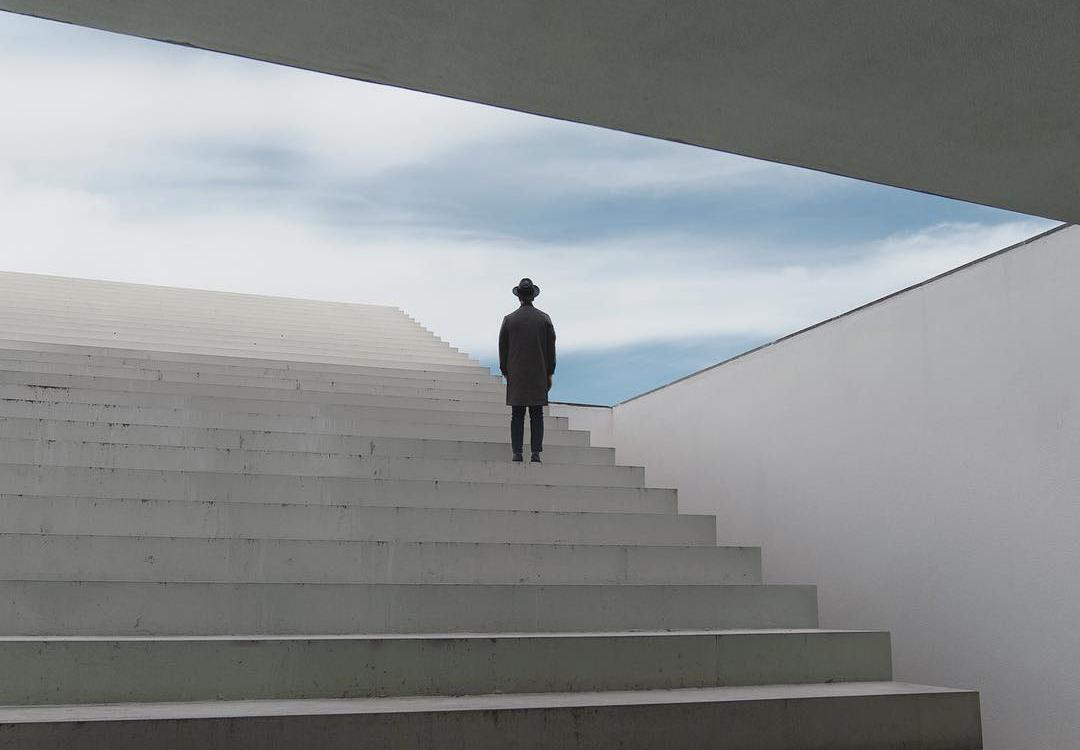In Part 2 of "How to approach Fischer Random or Chess 960" i want to continue with analysis of my games i have played in Fischer Random World Championship qualifiers. This time i ll try to draw some conclusion through examining my games, using them examples and look if there are some pattern that can be useful. So i ll have a more concrete approach in this article: I ll try to deduce some basic opening approach for certain types of positions and try to form a thinking method by designing and asking right questions to orientiate and guide ourselves from the very early stage of the game.
In the first part of the article, i ll present my games with a detailed commentary on my thought process during game. In the second part, i ll seek for similiarities, common themes, recurring ideas and patterns related to opening section but also laters stages of the game to gain insight about the nature of 960. Below are the games i ve played in the first four rounds of Fischer Random WC Open-Qualifier 10. The game from 5th Round i have already analyzed in the previous article, if you have not seen it, you can find it here: How to approach fischer random or chess 960 frwc - Part 1
All those games from the Qualifier are played in time control 10+2 and i have not checked anything of them with engines, so my evaluations and move suggestions are solely based on my own ideas.
Let's roll!
Part One: Games
Round 1:
Round 2:
Round 3:
Round 4:
Part Two: Observations and Conclusions
Minor Pieces:
Paying attention to minor pieces and thinking them as a whole. When finding a square for a piece, taking other minor pieces into account. Developement of two minor pieces can sometimes cramp third minor piece.
Pawn advances that are opening lines, diagonals for more than one piece, sometimes for three pieces are usually good candidates for first moves
Not hurrying and setting a logical developement order, for example, first starting with rather obvious developement and leaving unclear ones for later and react accordingly to opponents setup. For example when the bishop pair is in the center d&e in the starting position. It is not very clear where they would be best developed. So it can be useful to wait for the game to take a form a bit and then act accordingly.
In many cases, one of the minor pieces (either knight or bishop) has hard time finding a good square. This problem should be solved as early as possible.
Queen:
Queen placement often becomes an issue, especially Knight moves in front of pawns can prison queen. The queens developement should also be considered in relation to opponents bishop pair.
Queens in the corner in starting position with rooks next to it or without are quite common. At least %50 of the starting positions u ll have queen either in the corner or on knights square (b&g files)
When queens are in the corner, it wont be easy to bring them into play as in standard chess, where queen is always on d1/d8 in starting position. Queen in the center is easier to have in the center of your attention, but a queen in the corner can get easily forgotten or overlooked. Therefore from the very beginning, a developement strategy for queen has to be considered. This does not mean bringing queen early into play, but giving him options and room from the very early stage even if you dont make any queen moves for a while, otherwise queen can be forgetten easily and got stuck like in the 4th game. Giving option and room means for example: a4-b4 or even c4 when queen is on a1 and later you can decide if you want to develop queen via a3 controlling a3-f8 diagonal or via a3 transferring to kingside e.g. g3-h3, or c4-Qb1 and controlling b1-h7 diagonal or simply b4 and making it function as a fianchetto queen etc. There are so many ways planning queen developement but important factor is to start thinking about as early as possible.
King Safety & Castle:
Where will my king be safe? Depending on rook positions and kings position, is my king safer in queenside, kingside or in the center?
-
Where do i expect the game to develop? On which side is it likely to be an attack?
Conclusions
In 960, unlike standard chess, it is often even less clear how to develop your pieces. For example when bishop pair is in the center or queen is not on d1 as its usual place but in the corner etc. So every starting position requires unique approach and general principles ideas should be adapted to these unique situations. When looking for a place for one piece (especially one of the minor pieces), it is useful to consider the developement of other pieces in advance before deciding a place for that partical piece. Just as in standard chess, establishing a good coordination of your pieces and bring them into harmony is the key in 960.
